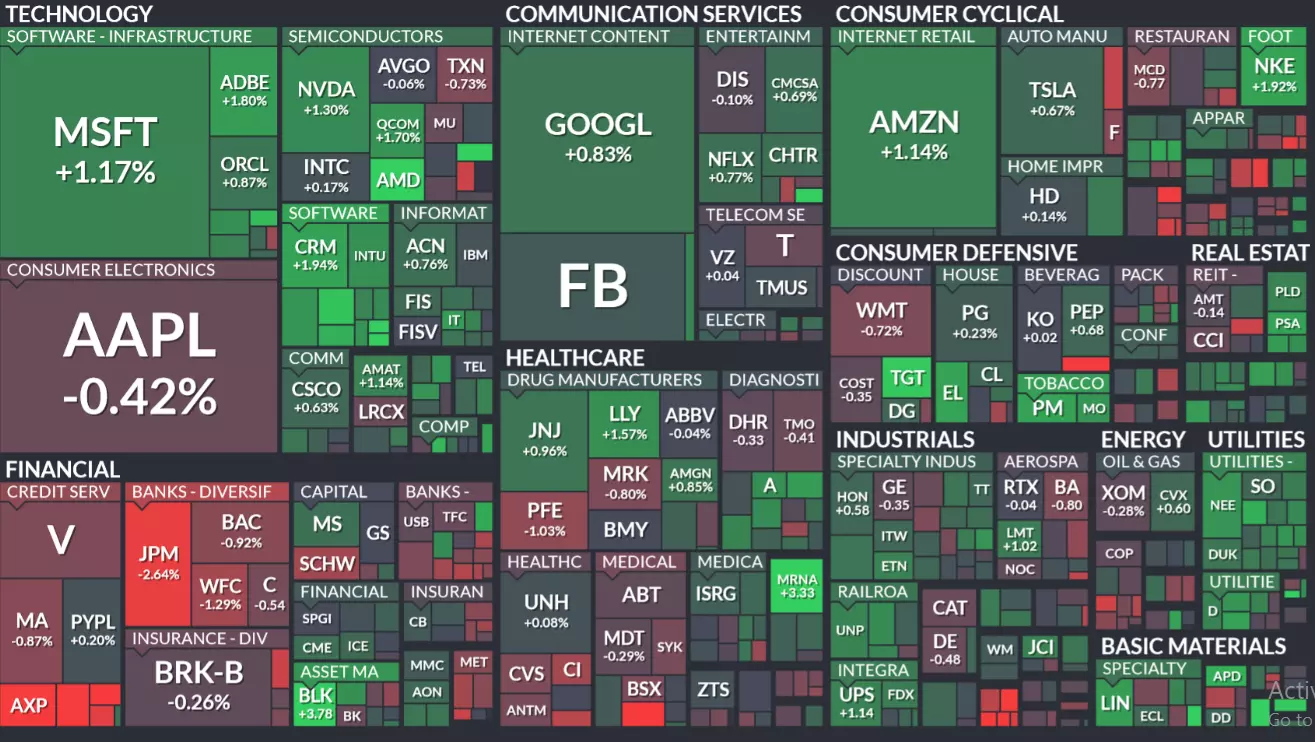WTI and Brent futures were still pressured during midday trade in Europe today, an hour ahead of the official EIA report on US oil inventories. Meanwhile, natural gas futures were also lower, correcting some of the massive rally of the past two days.
WTI futures for October delivery on the New York Mercantile Exchange traded at $92.25 per barrel at 13:31 GMT today, down 0.54% for the day. Prices ranged from $92.15 to $93.03 per barrel. The contract has dropped ~0.6% so far this week, reaching a nine-month low at $91.80.
Meanwhile on the ICE in London, October Brent stood at $98.83 per barrel, down 0.33%, daily prices between a 16-month low of $98.71 and $99.47 per barrel. October Brent’s premium to its US counterpart widened to $6.58. The European contract dropped about 1% on Tuesday.
“We are now quite open to the idea of prices remaining weak at least until the end of the year,” David Wech, an analyst at consultants JBC Energy GmbH in Vienna, said in an e-mailed report cited by Bloomberg. “It is difficult to imagine a cocktail of bullish factors that could turn the market around over the coming months.”
Investors turn focus towards the official, government weekly report on US oil inventories later today. The industry-funded American Petroleum Industry (API) reported a drop of 1.9 million barrels for crude oil in the week through September 5th, while gasoline and distillates added 0.7m and 1.7m, respectively.
A Bloomberg survey suggests crude stocks have shrank by 1.5m, while distillates added 1m and gasoline inventories were unchanged. The Wall Street Journal projected 1.2m draw for crude, no change at gasoline and +0.6m barrels in distillates.
The US is, by a significant margin, the world’s top oil consumer, accounting for about 21% of total crude demand, and the level of supplies in the country can be a significant force on the oil markets.
Traders also keep an eye on the upcoming meeting of Gulf Arab oil ministers in Kuwait on Thursday, where discussions will probably include Brent dropping to below $100 per barrel, the benchmark agreed by OPEC members as the lower end of acceptable pricing.
Saudi Arabia, by far the biggest producer in OPEC and the world’s largest crude exporter with daily shipments of some 10m barrels, could pare back some production in order to correct prices above the $100 level, and other producers have already voiced calls for such a move.
In the broader scheme, oil production is increasing worldwide, with war-torn Iraq and Libya increasing exports, despite ongoing intense battles. Iraq, OPEC’s second-top exporter, ships about 3m barrels per day with Baghdad planning to increase it to some 3.5m, while Libya, the organization’s smallest producer is at ~0.7m, though it could rise to as much as 1.4m.
Natural gas
Front-month natural gas futures for settlement in October traded at $3.955 per million British thermal units (mBtu), down 0.73% for the day. Prices ranged from $3.939 to $3.994 per mBtu. The contract added 2.79% on Tuesday and a further 2.19% on Monday.
The ominous Canadian weather system stoked some early heating hype for natural gas trade, resulting in the sizable rally since Monday, though the severe cold will not last and will induce heating only in lightly populated areas, while at the same time killing cooling demand over much wider areas, with a much higher population.
“The strong Canadian weather system will finally track across the US over the next several days … bringing very comfortable temperatures to the southern US and driving with much lower than normal cooling demand,” analysts at NatGasWeather.com wrote in a note to clients today. “We continue to believe any early winter season hype is unwarranted as weather patterns by early next week will be very pleasant.”
This week’s cold spell will likely have a positive impact on upcoming natgas inventory builds. Analysts project this Thursday’s EIA report will post the 21-st straight week of above average builds for natgas inventories, after last week the deficit to the 5-year average volume was narrowed to only 15.4%, down from a record 50% in March.
Next week’s report, which will cover builds this week, will probably start a series of much bigger than average injections, as the market enters Fall shoulder season.
“It is not unreasonable to think there are potentially at least 7-8 straight weeks of fairly big builds to come, with most, if not all, being much larger than normal,” the analysts at NatGasWeather.com wrote.
US weather outlook
A quite cool Canadian system is already tracking through the northwestern US and will have reached the central US by Wednesday, bringing temps down some 10-20 degrees over the Midwest and North Plains, as well as bringing heavy showers and thunderstorms, with secondary cooling later on over the Southeast and the East Coast. Temperature troughs could reach as low as 30-40 Fahrenheit, which will spur heating in some areas. The far South and the West will see mostly seasonal weather, and overall cooling demand will be dropping from moderate to low.
“The coldest air will remain over the northern Plains and into Minnesota, and will be a secondary weather system that follows late Sunday and into Monday for the Great Lakes where temperatures could again drop into the 30s,” NatGasWeather.com analysts wrote. “There will be hot temperatures over high population southern California cities at times over the next few weeks.”





